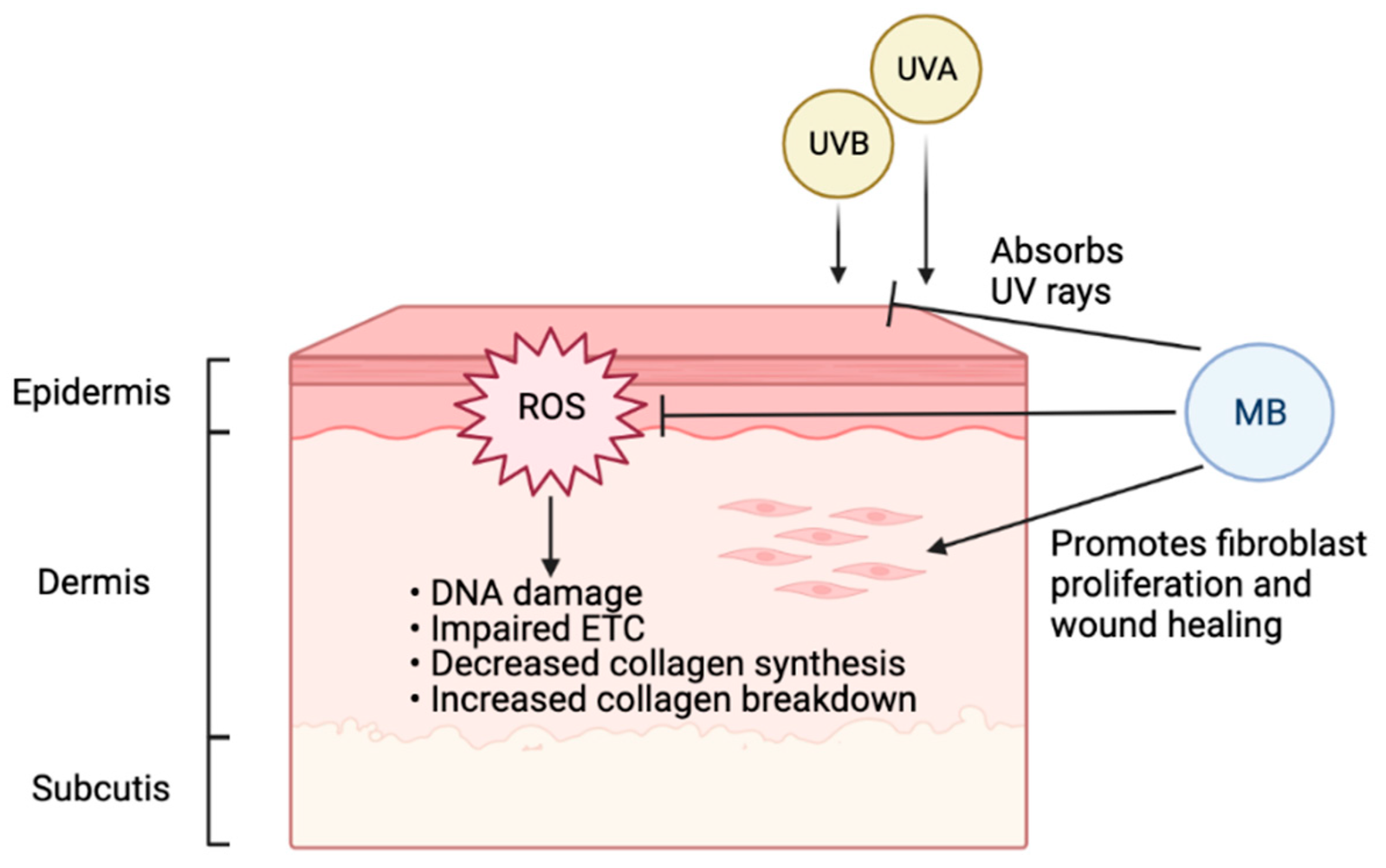
What if there was a compound that could potentially alter the way we perceive aging? Recent research on methylene blue has sparked significant interest in the scientific community and among health enthusiasts alike. This compound, often associated with various medical applications, is now being scrutinized for its implications on aging and longevity.
Understanding Methylene Blue
Methylene blue is a synthetic dye that has been used in various medical and scientific applications since its discovery in the 19th century. Known primarily for its use as a staining agent in laboratories and for its role in treating certain medical conditions, it has recently gained attention for its potential anti-aging properties.
The Chemical Structure and Origins
Methylene blue, with a chemical formula of C16H18ClN3S, is administered in various formulations. Initially developed as a treatment for malaria, it has since found applications in several areas, including:
- Antiseptic: Treating infections
- Antidote: Counteracting poisoning from certain substances
- Staining Agent: Visualizing structures in biological samples
The compound’s ability to penetrate cell membranes and its interactions with components of the cell have piqued the interest of researchers investigating its potential benefits beyond its conventional uses.

The Science of Aging
Aging is a multifaceted biological process characterized by gradual decline in physiological function and an increase in the risk of various diseases. Historically, aging was viewed as an inevitable consequence of time. However, recent advancements in biological and medical research have begun to uncouple the concept of aging from a purely chronological perspective.
The Hallmarks of Aging
Current research identifies several “hallmarks of aging,” which include:
- Genomic Instability: Accumulation of DNA damage over time
- Telomere Attrition: Shortening of telomeres that protect chromosomes
- Epigenetic Alterations: Changes in gene expression without altering the DNA sequence
- Loss of Proteostasis: Impairment in protein folding and degradation
- Deregulated Nutrient Sensing: Disruption in the body’s ability to sense and respond to nutrients
- Mitochondrial Dysfunction: Impaired energy production within cells
- Cellular Senescence: Accumulation of damaged cells that no longer divide
- Stem Cell Exhaustion: Depletion of stem cell reserves
- Altered Intercellular Communication: Disruption in signaling between cells that can lead to inflammation
Understanding these hallmarks is crucial for developing interventions that may mitigate the effects of aging, with compounds like methylene blue emerging as potential players in this area.
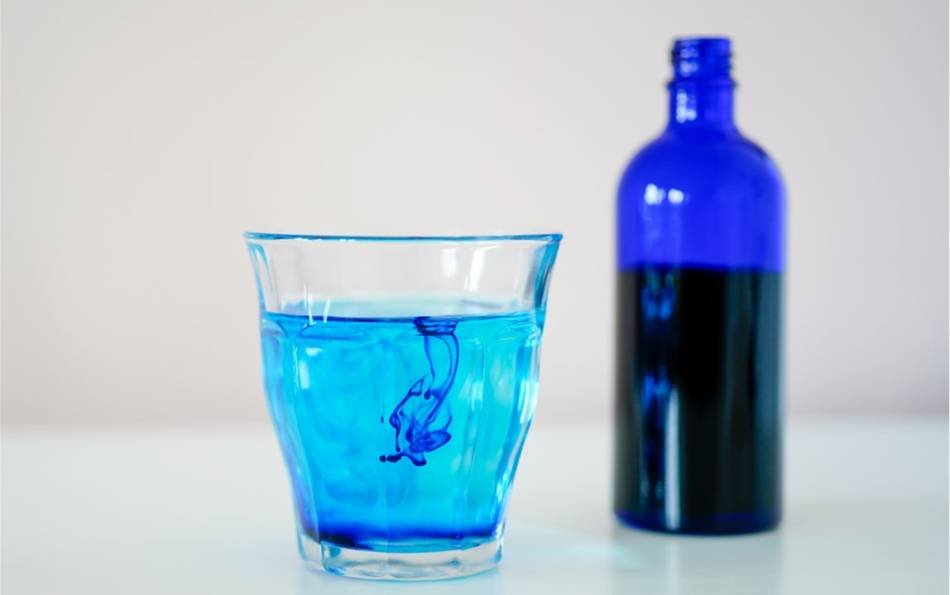
Methylene Blue and Cellular Function
Methylene blue has garnered interest due to its multifaceted role in cellular metabolism and its effects on oxidative stress. The compound is believed to influence mitochondrial function, which is a crucial factor in cellular energy production.
Mitochondrial Function and Energy Production
Mitochondria, known as the powerhouses of the cell, are responsible for generating adenosine triphosphate (ATP), the primary energy currency in biological systems. Aging is closely related to mitochondrial dysfunction, leading to reduced energy output and increased reactive oxygen species (ROS)—harmful byproducts of cellular metabolism.
Methylene blue has been shown to enhance mitochondrial function in several studies, thereby:
- Improving ATP production
- Reducing oxidative stress
- Enhancing cognitive function
The potential of methylene blue to promote mitochondrial efficiency suggests that it may play a role in mitigating some of the adverse effects associated with aging.
Antioxidant Properties
Oxidative stress arises when there is an imbalance between ROS production and the body’s ability to detoxify them. This imbalance is a significant contributor to aging and the onset of age-related diseases. Methylene blue exhibits antioxidant properties that may counteract oxidative stress by scavenging free radicals and restoring the body’s redox balance.
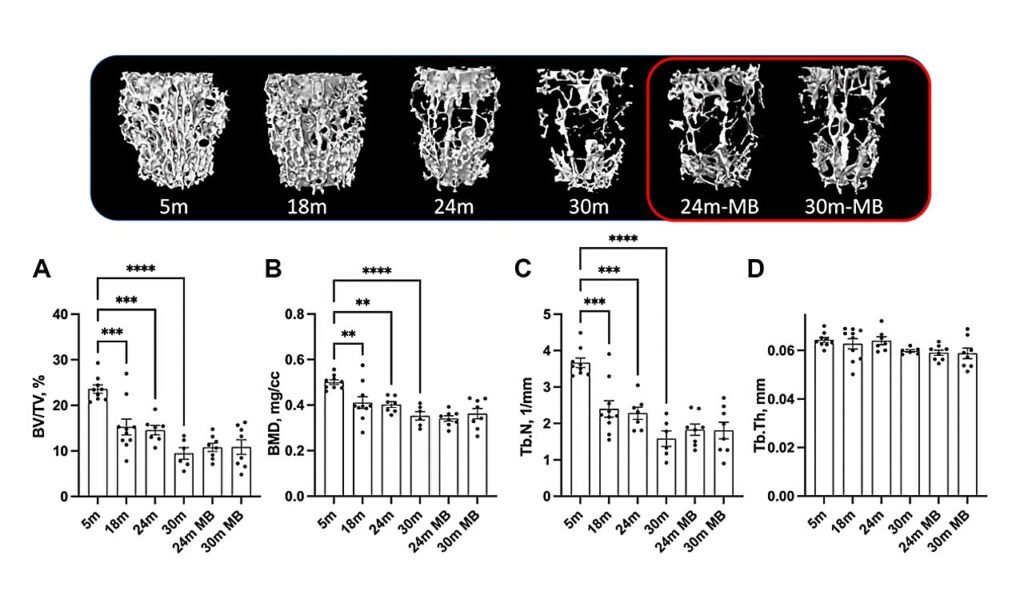
Recent Research Findings
Recent studies on methylene blue have illuminated its potential applications in the context of aging. Researchers have been examining its effects on various biological processes related to longevity.
Cognitive Function and Neuroprotection
One area of significant interest is the impact of methylene blue on cognitive function. Cognitive decline is a common aspect of aging, with conditions such as Alzheimer’s disease becoming increasingly prevalent as populations age.
Key Findings on Cognitive Benefits
- Memory Improvement: Studies suggest that methylene blue may enhance memory retention and spatial learning in aged animals.
- Neuroprotection: The compound is believed to protect neurons from damage, providing a possible therapeutic benefit in neurodegenerative diseases.
Through these mechanisms, methylene blue’s influence on cognitive health could have implications for maintaining mental acuity in older adults.
Implications for Longevity
In addition to cognitive benefits, emerging research suggests that methylene blue may assist in promoting longevity by:
- Altering metabolic pathways
- Promoting autophagy (the body’s way of cleaning out damaged cells)
- Enhancing telomere maintenance
These factors align with current theories on aging, reinforcing the notion that methylene blue could be a significant contributor to healthy aging.
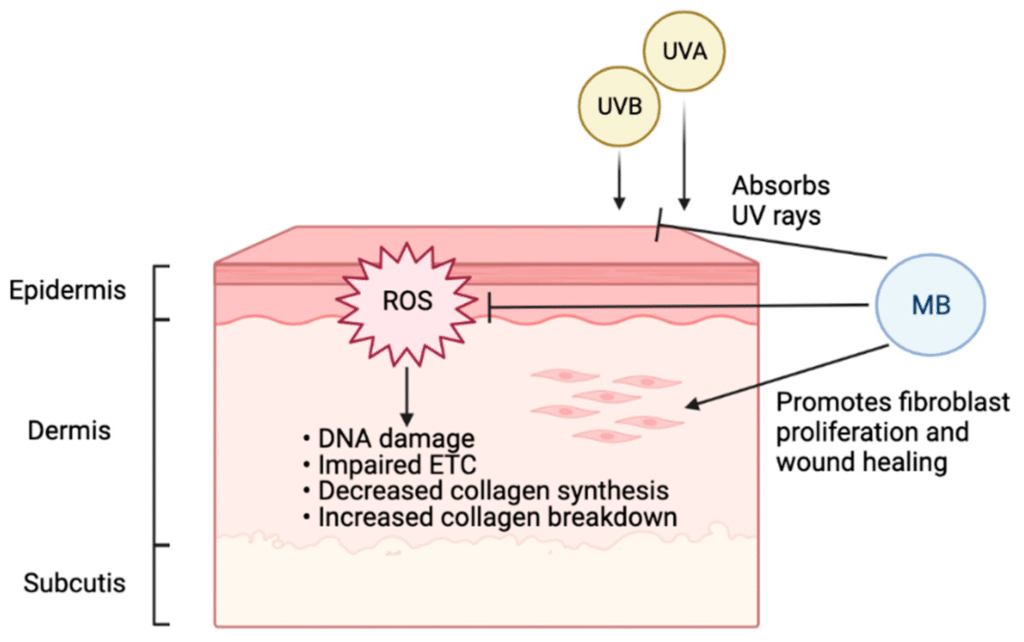
Practical Considerations and Dosage
As the interest in methylene blue grows, it is essential to consider practical aspects such as appropriate dosing and any potential side effects. Although studies demonstrate its safety, the therapeutic range can vary based on age, health condition, and individual metabolic responses.
Recommended Dosage
The optimal dosage for methylene blue supplementation is not yet universally established. However, preliminary research suggests a range that could be beneficial:
- Low Dose: Approximately 0.5 to 4 mg per kg of body weight daily
- Moderate Dose: Up to 10 mg per kg for specific therapeutic applications
It is crucial to consult with a healthcare provider before beginning supplementation, particularly for individuals with pre-existing medical conditions or those on medications.
Potential Side Effects
While methylene blue is generally well-tolerated, some potential side effects include:
- Urine Discoloration: A common occurrence, resulting in blue or green urine
- Allergic Reactions: In rare cases, individuals may experience skin reactions
- Drug Interactions: Methylene blue can interact with certain medications, especially those metabolized by the liver
Understanding these aspects is vital for safe and effective use.
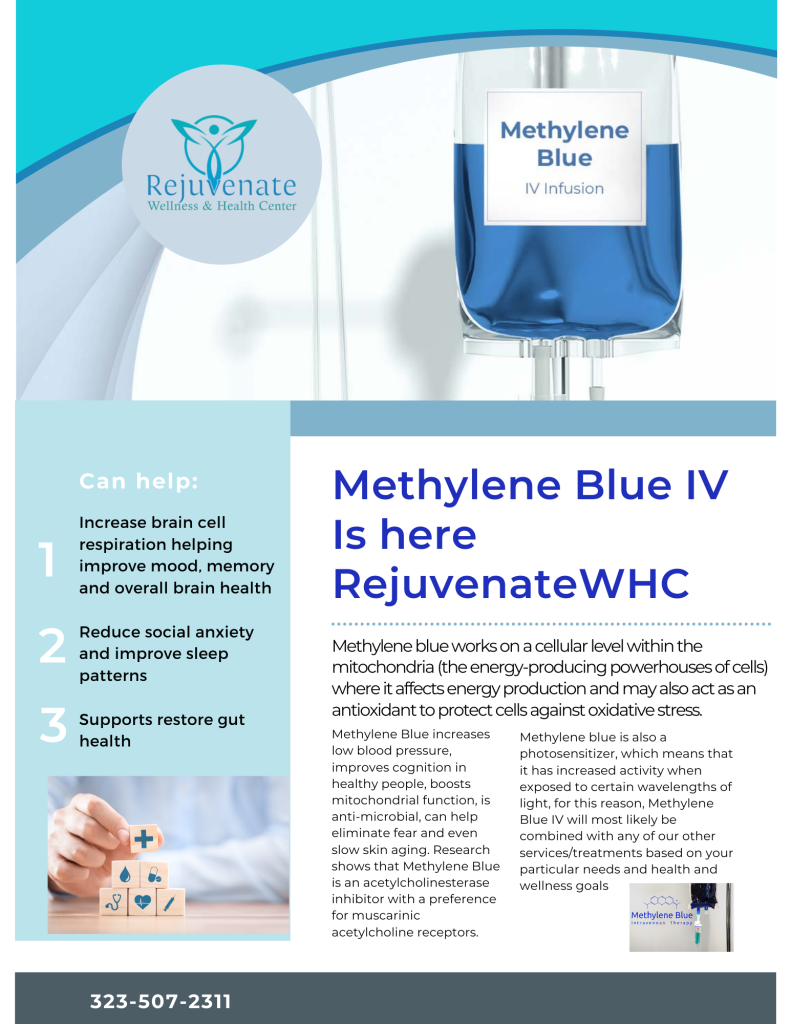
Conclusion
The latest research on methylene blue and its implications for aging is both intriguing and promising. As studies continue to unveil its potential benefits—ranging from enhanced mitochondrial function to cognitive improvements—it is evident that this compound warrants further exploration.
While methylene blue may not represent a panacea for aging, its multifaceted properties offer hope for those seeking to maintain health and vitality as they age. Engaging with scientific literature and consulting healthcare professionals is advisable for anyone considering this compound in their wellness regimen.
As with any emerging field, vigilance in monitoring research advancements and a cautious approach to supplementation remain paramount. The journey towards understanding the intricate relationship between compounds like methylene blue and aging is still in its infancy, yet it undeniably opens a realm of possibilities for future endeavors in health and longevity.